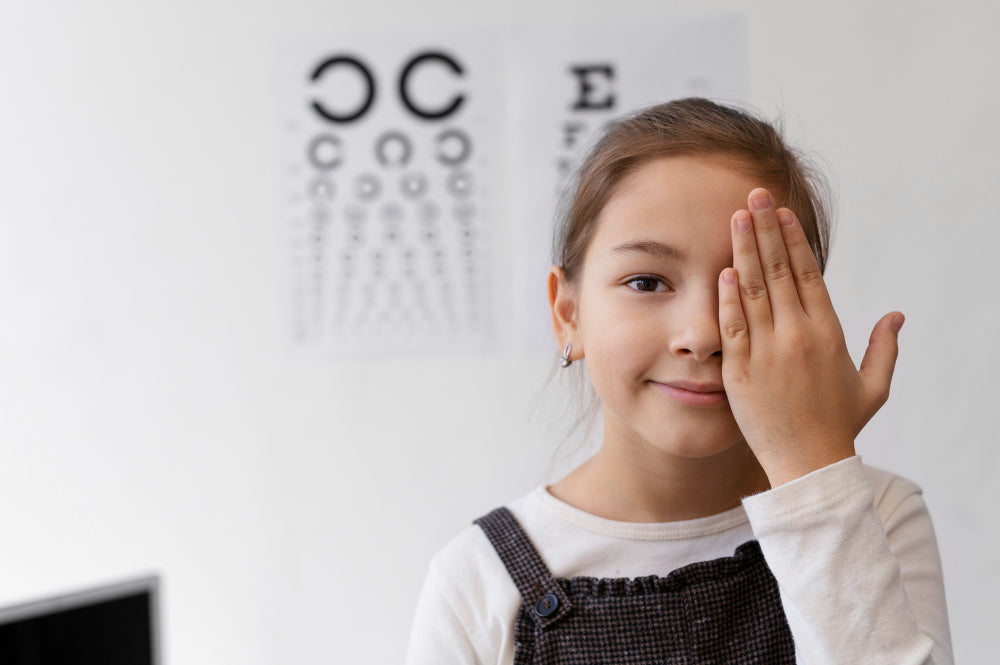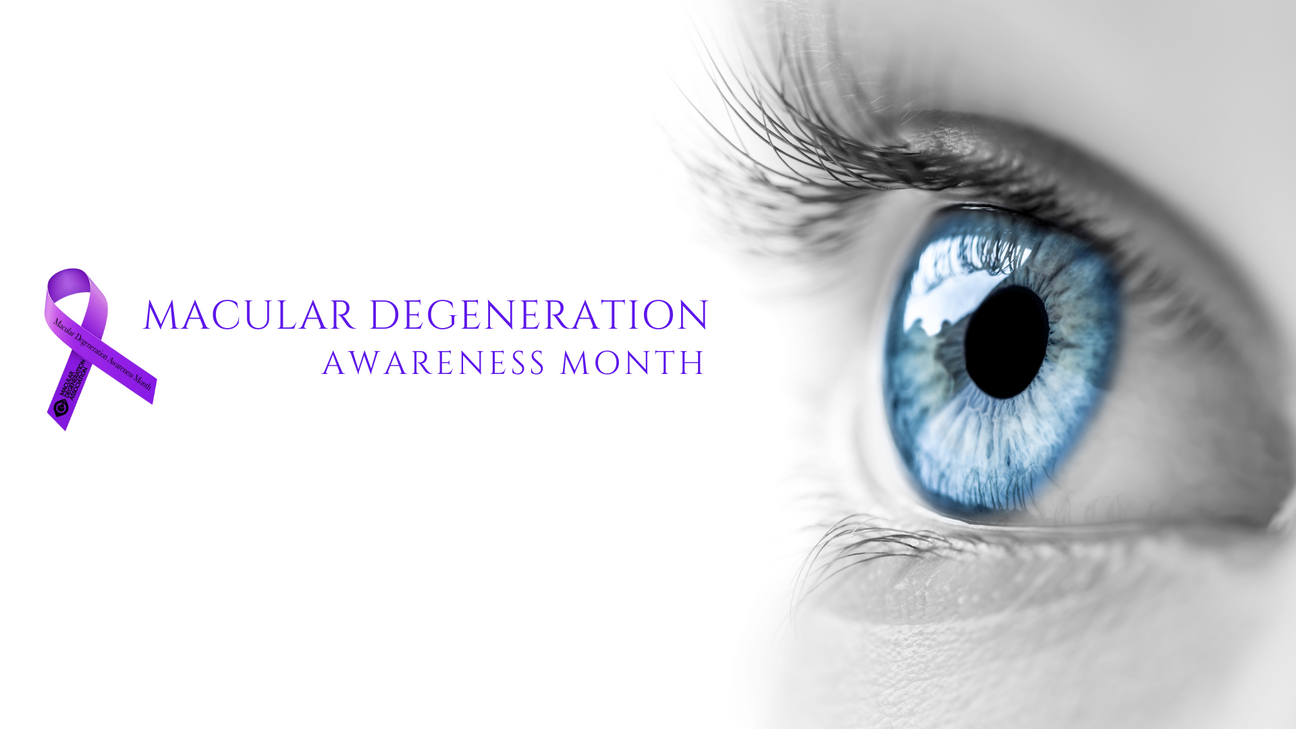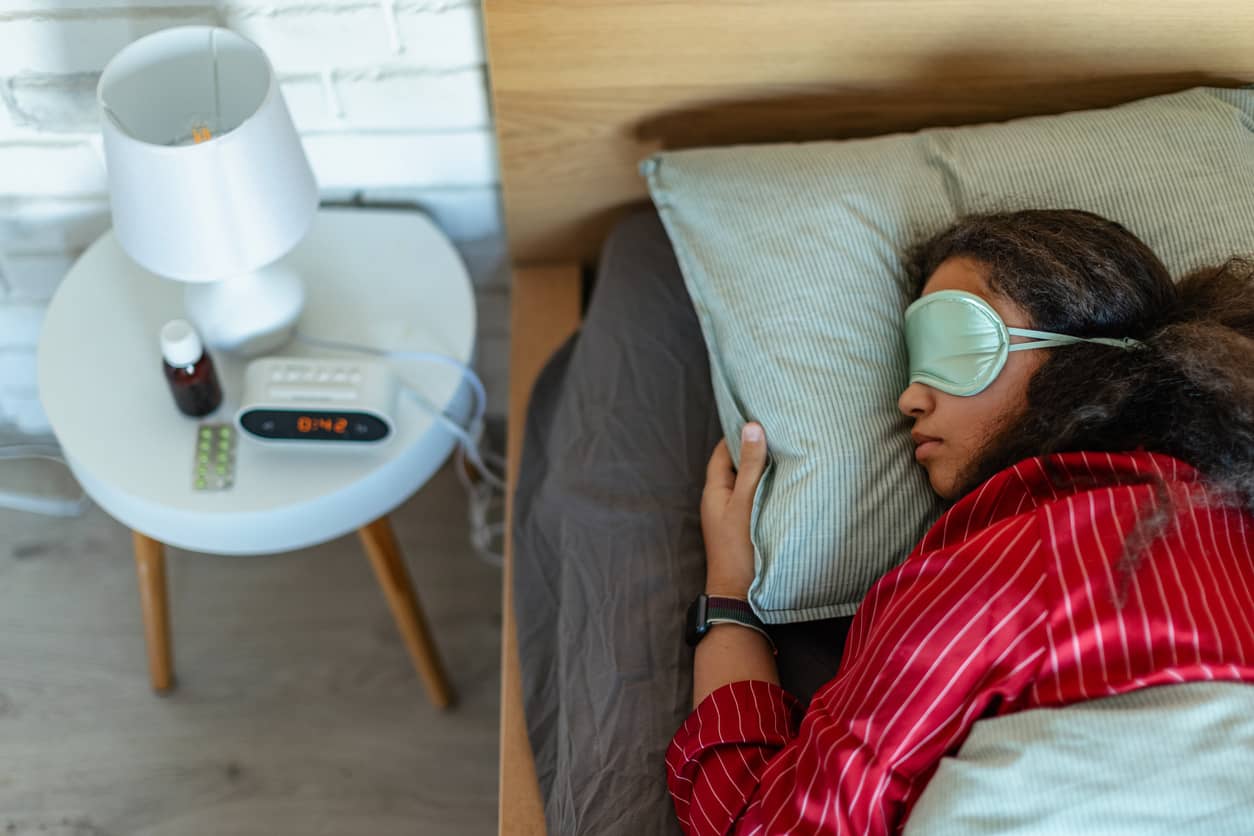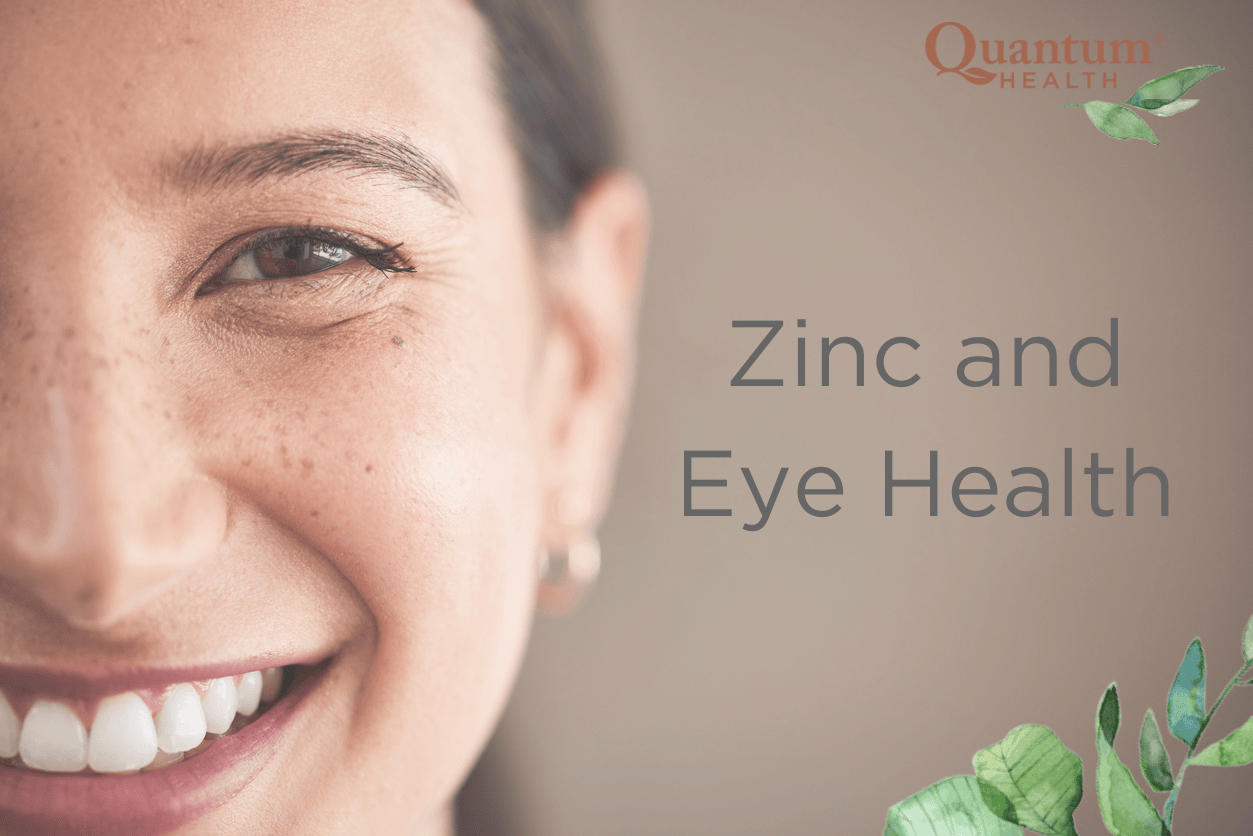Eye Exercises to Improve Vision: Do They Really Work?

Eye exercises make a radical promise—to improve your vision naturally without surgery. If you experience certain eye conditions, eye exercises claim to cure them miraculously. But do they work? Is doing simple eye movements every day going to rid you of glasses or corrective lenses for good?
Today, we’ll outline exercises to improve eyesight and highlight their overall benefits.
Can Vision Exercises Change Your Eyesight?
Simply put, eye exercises to improve vision fall somewhat in the realm of folk medicine, with little correlation to how your eyes work.
The reality is that eye exercises focus only on the muscles that make your eyeballs move. They do nothing to affect your cornea, or the way light enters it, which is the leading cause for the vast majority of vision problems.
To date, there is no sound medical evidence, clinical study, or scientific backing to prove that eye exercises for better vision actually work. Also, common vision-related conditions see little to no improvement with eye exercises, despite what some practitioners might claim.
One thing to note: eye exercise shouldn’t be confused with vision therapy exercise. The latter is a medically supervised rehabilitation program that can help treat eye alignment problems and improve eye coordination and visual focus for athletes. Vision therapy does include eye exercises, but it’s just one part of a more comprehensive regimen.
Benefits of Eye Exercises
So, if claims of eye exercises to improve vision aren’t true, does this mean that they’re a waste of time? Not exactly.
Eye exercises do have their benefits, primarily to reduce eye strain and stress. This can be caused by overusing your eyes, including activities such as staring at a computer screen all day at work. In these situations, eye exercise can soothe your eye muscles and promote blinking to relieve dry eyes.
Specific eye training techniques, such as eye exercises for double vision, can also improve several binocular eye conditions. Double vision is a condition in which one eye muscle is weaker than the other, causing misalignment issues with the healthy eye. In this case, double vision treatment exercises can be effective.
If you’re interested in doing eye exercises, you can start with some of the regimens below.
Eye Strain and the 20-20-20 Rule
The 20-20-20 Rule is a simple way to help prevent eye strain caused by staring at something for long periods. This rule was developed by optometrist Jeffrey Anshel and, despite having little scientific evidence of its effectiveness, is recommended by the American Optometric Association.
To follow the 20-20-20 Rule, you need to stare at an object 20 feet away for 20 seconds every 20 minutes. As you can see, it’s not a difficult activity to perform. The challenge is in remembering to do it. Fortunately, you can always use an alarm clock or (more conveniently) a smartphone app to remind you.
Why does staring at a distant object help relieve eye strain? Our eyes have a harder time focusing on a nearby object than a faraway one. By looking at a farther object, you allow the eye muscles to relax.
Focus Exercises
An alternative to the 20-20-20 Rule is a number of focus exercises you can do with your eye. Here’s an example you can easily follow.
First, focus your vision on one finger placed about four inches in front of one eye. Slowly move this finger away from your eye, up to an arm’s length, while still keeping your gaze focused on it. Then quickly shift your focus from that finger to a distant object, then back again. Now, slowly bring the finger back to where it’s started, then focus again on the same distant object. Repeat these steps two to three more times.
Eye Muscle Exercises
Eye movements are a vital component of vision therapy exercises designed to stretch and move the eye muscles to relieve strain.
Here’s a simple exercise you can do anytime: close your eyes, then slowly roll your eyes upward and downward around three times. After that, switch to moving them left and right another three times.
Another effective method is the Figure 8. You try this by focusing on a flat surface approximately eight feet away. Then, as the name suggests, move your eyes in the shape of an “8” in a clockwise direction. After half a minute, repeat the movement but switch to a counter-clockwise direction this time.
Quantum Health Can Help with Your Eye Health
More than eye training, getting the right nutrients that support eye health is one of the key ways to support our eyesight as we age. Quantum Health offers a line of eye vitamins formulated by the country’s top eye health nutrition experts. Visit your local health store or contact us today to purchase the eye vitamins you need to support vision health.
Share
Your share can inspire countless others.


















































